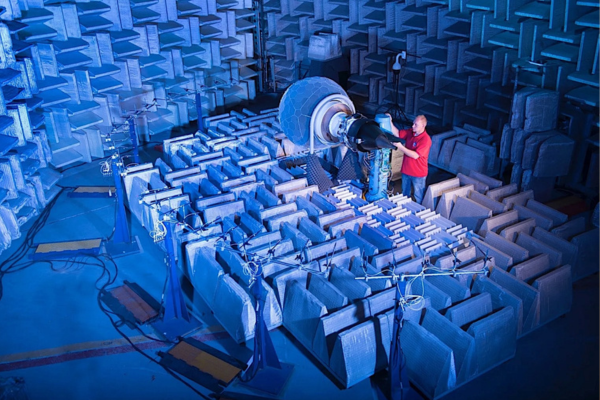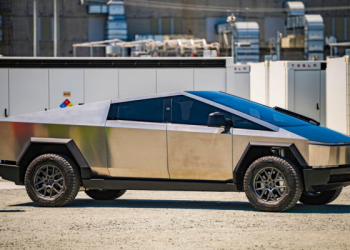NASA, renowned for its ventures into the cosmos, is now making waves closer to home with its latest innovation in aviation research: the DGEN380 Aero-Propulsion Research Turbofan, affectionately dubbed the DART. While commercial jet engines typically loom large, NASA’s newest creation is compact enough to perch atop a kitchen table, measuring a mere 4.3 feet (1.3 meters) in length.
Designed by the French company Price Induction (now known as Akira following NASA’s acquisition in 2017), the DART embodies a fusion of precision engineering and ambitious vision. Despite its diminutive stature, this turbofan packs a punch, serving as a crucible for cutting-edge aviation technologies.
While specifics regarding thrust remain undisclosed, NASA has divulged that the DART boasts a high bypass ratio, indicative of its efficiency in converting air intake into propulsive force. Over the years, this miniature marvel has undergone rigorous testing, from trialing novel materials to probing fuel-efficient propulsion systems.
Looking ahead, NASA’s sights are set on the horizon of the 2030s, envisioning a future where aircraft engines soar with newfound efficiency. The implications of the DART’s success extend far beyond the laboratory, promising tangible benefits for both air travellers and the environment. With each breakthrough, NASA edges closer to a reality where aviation innovation knows no bounds.
Read more on the World’s biggest airlines by fleet size, workforce, destinations in 2024





















